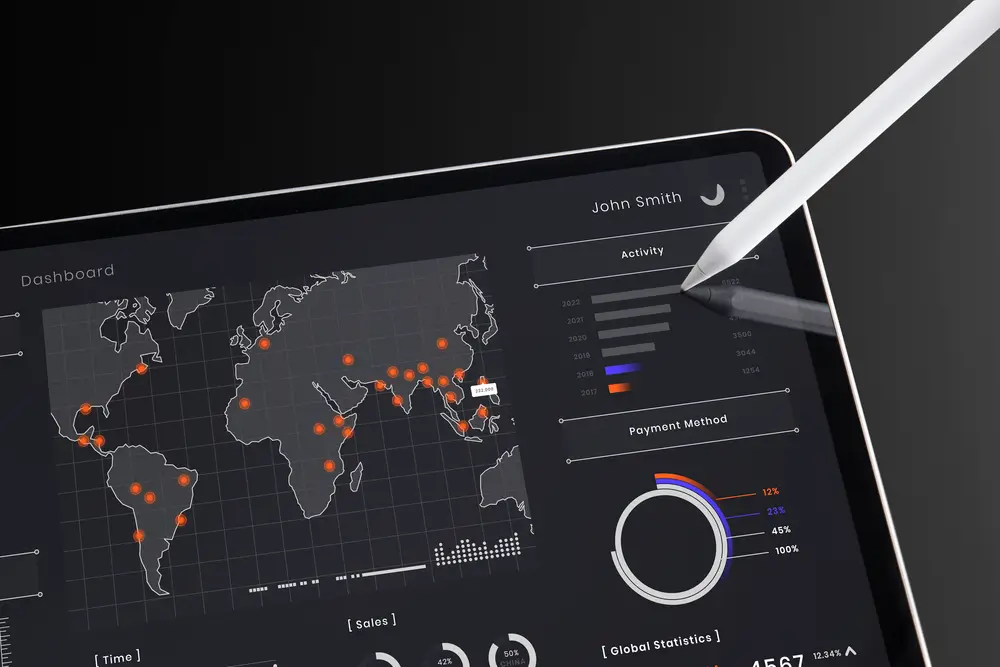We are living in the age of Artificial Intelligence. From productivity tools and personal assistants to recommendation systems, public safety, marketing, HR, and beyond—AI is now embedded in nearly every sector of society. But this progress comes with an increasingly urgent dilemma: are we using AI to protect data, or to invade privacy?
The answer is far from simple. On one side, we see incredible advances in automation, personalization, and efficiency. On the other, systems capable of tracking, cross-referencing, and inferring personal information with alarming precision—often without genuine user consent. The result is a landscape where the line between informed consent and constant surveillance grows thinner every day.
The Consent Paradox
How many times have you clicked “I accept the terms and conditions” without reading a single line? Probably more often than you’d like to admit. According to the Cisco Consumer Privacy Survey 2023, 81% of users have abandoned a digital service over privacy concerns, yet only 9% fully understand how companies use their data.
This paradox exposes a critical issue: consent today is more symbolic than real. Privacy policies are long, complex, and often intentionally vague. Meanwhile, algorithms learn and evolve with every click, scroll, and like. Even more concerning, AI doesn’t always need data you provide directly—it can infer it with remarkable accuracy.
A Stanford University study from 2015 showed that with just 300 Facebook likes, an algorithm could predict your personality traits more accurately than your partner. Now imagine that capability a decade later.
The Impact of Algorithmic Surveillance
In practice, this means we live under a form of surveillance that is nearly invisible. Apps track real-time location, “listen” to conversations to improve user experience, and monitor behavioral patterns to anticipate actions. E-commerce platforms predict what you’ll want to buy before you even realize it yourself. All of this is powered by one thing: your data.
Governments and corporations are building highly detailed profiles of individuals, raising serious questions about autonomy, freedom, and civil rights. In some countries, AI is already being used for citizen monitoring, social credit systems, and facial recognition.
Compounding the issue, AI models require vast amounts of data to train and improve. This has created a race to collect information—often without transparency or adequate safeguards.
Legislation Struggles to Keep Up
The introduction of the General Data Protection Regulation (GDPR) in Europe and Brazil’s Lei Geral de Proteção de Dados (LGPD) was a major milestone. These laws demand explicit consent, transparency in data usage, and grant users the right to know how their information is being handled.
But the speed of AI development far outpaces legislative updates. For example, the LGPD does not yet address the unique risks posed by Generative AI, such as deepfakes, fake profiles, or automated decision manipulation. In Brazil, a bill to regulate AI has been under debate since last year, but with little progress so far.
To make matters worse, many users remain unaware of their digital rights, making it difficult to demand safer and more ethical practices.
What Can Be Done?
The responsibility is shared among companies, governments, and users. Some key measures include:
Above all, we need an ongoing public debate about the ethical boundaries of technology. The advance of AI is inevitable. The real question is: what principles will guide its development?
Conclusion: Are We Really Safe?
Artificial Intelligence has transformed the way we handle data—and in doing so, it has brought complex ethical dilemmas and tangible risks. The promise of a more efficient, automated, and personalized future collides with fundamental concerns about privacy, consent, and surveillance.
We are more closely monitored than ever, often without realizing it. And in a world where algorithms may know more about us than we know about ourselves, one question remains: who is truly in control?
And perhaps more importantly—are we really safe?







